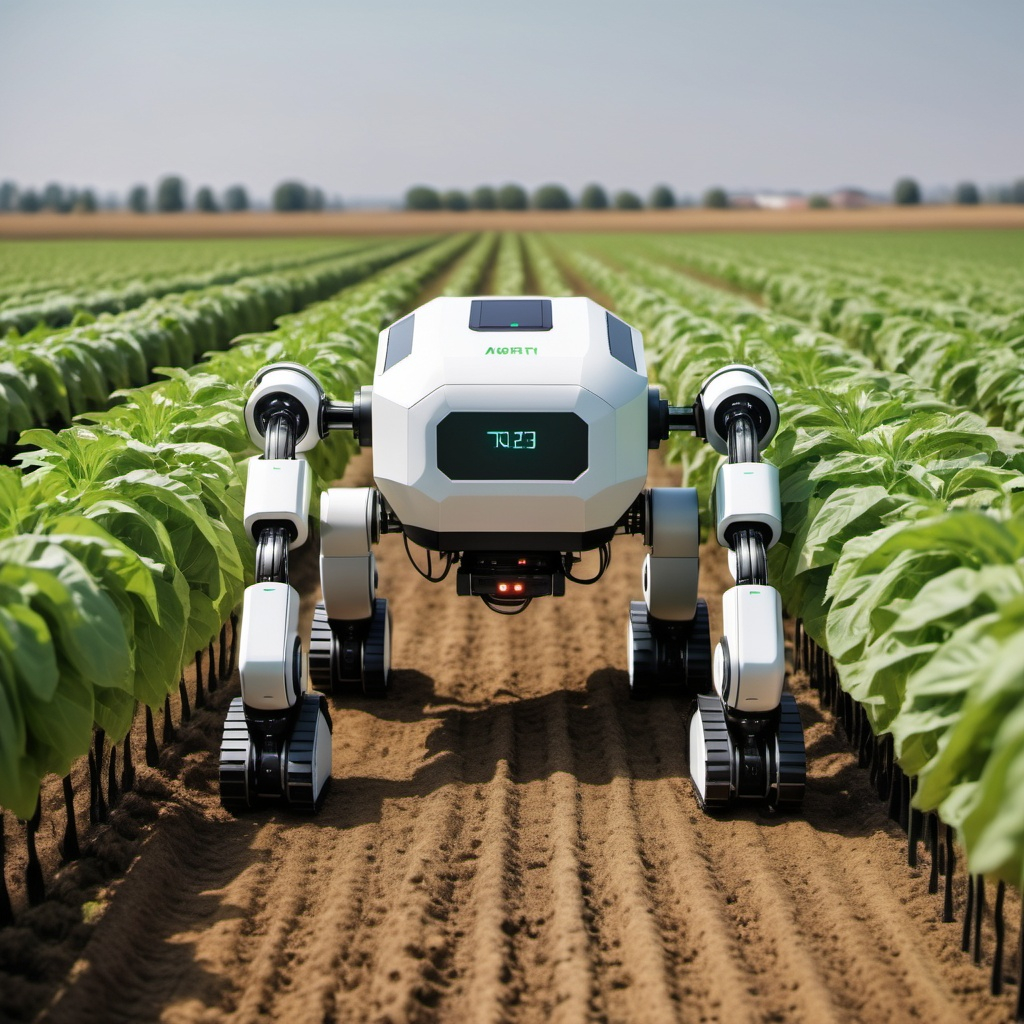
Agriculture robots, also known as agribots, are transforming the way farming is done. These advanced machines are designed to perform tasks traditionally carried out by humans, such as planting, harvesting, and monitoring crops. By incorporating artificial intelligence (AI), machine learning, and robotics, these technologies aim to increase efficiency, reduce labor costs, and enhance crop yields.
Types of Agriculture Robots
Planting Robots
Planting robots are specialized machines designed to sow seeds with precision. They can handle various types of seeds and planting techniques, adjusting their operations based on soil conditions and crop requirements. These robots often use sensors and cameras to assess soil health and optimize planting depth and spacing.
Harvesting Robots
Harvesting robots are built to automate the collection of crops. They use advanced sensors and algorithms to detect ripe produce and harvest it with minimal damage. These robots are particularly useful in large-scale farms where manual harvesting would be labor-intensive and costly.
Weeding Robots
Weeding robots focus on removing unwanted plants from fields. They use techniques such as mechanical weeding, which physically removes weeds, or chemical weeding, which applies herbicides selectively. These robots help reduce the use of harmful chemicals and ensure that crops are not damaged during the weeding process.
Monitoring Robots
Monitoring robots are equipped with various sensors and imaging technologies to keep track of crop health and growth. They collect data on factors such as soil moisture, nutrient levels, and pest activity. This information helps farmers make informed decisions about irrigation, fertilization, and pest control.
Advantages of Agriculture Robots
Increased Efficiency
Agriculture robots streamline various farming processes, leading to significant increases in productivity. They can work around the clock, perform repetitive tasks with high precision, and cover large areas in less time than human workers.
Reduced Labor Costs
By automating tasks that would otherwise require a large workforce, agriculture robots help reduce labor costs. This is especially beneficial in regions where labor shortages are common or where labor costs are high.
Enhanced Crop Yields
Robots equipped with advanced sensors and data analytics can optimize farming practices to improve crop yields. They provide real-time insights into crop health and environmental conditions, allowing for precise interventions that boost productivity.
Challenges in Agriculture Robotics
High Initial Investment
The cost of purchasing and maintaining agriculture robots can be substantial. This high initial investment may be a barrier for smaller farms or those with limited financial resources.
Technical Complexity
Agriculture robots are sophisticated machines that require specialized knowledge for operation and maintenance. Farmers need to invest in training and support to effectively use these technologies.
Integration with Existing Systems
Integrating agriculture robots with existing farming systems and practices can be challenging. Farmers may need to adapt their workflows and invest in additional infrastructure to fully benefit from these technologies.
Future Trends in Agriculture Robots
Autonomous Farming
The future of agriculture robotics is likely to see more autonomous farming systems. Advances in AI and machine learning will enable robots to make more complex decisions and operate independently, further enhancing efficiency and productivity.
Collaboration with Drones
Drones and robots are expected to work together in future farming practices. Drones can provide aerial views and data, while robots perform ground-level tasks. This collaboration will create a more integrated and efficient approach to agriculture.
Sustainable Practices
As the focus on sustainability grows, agriculture robots will play a role in promoting environmentally friendly practices. They will be designed to minimize resource use, reduce waste, and support sustainable farming methods.